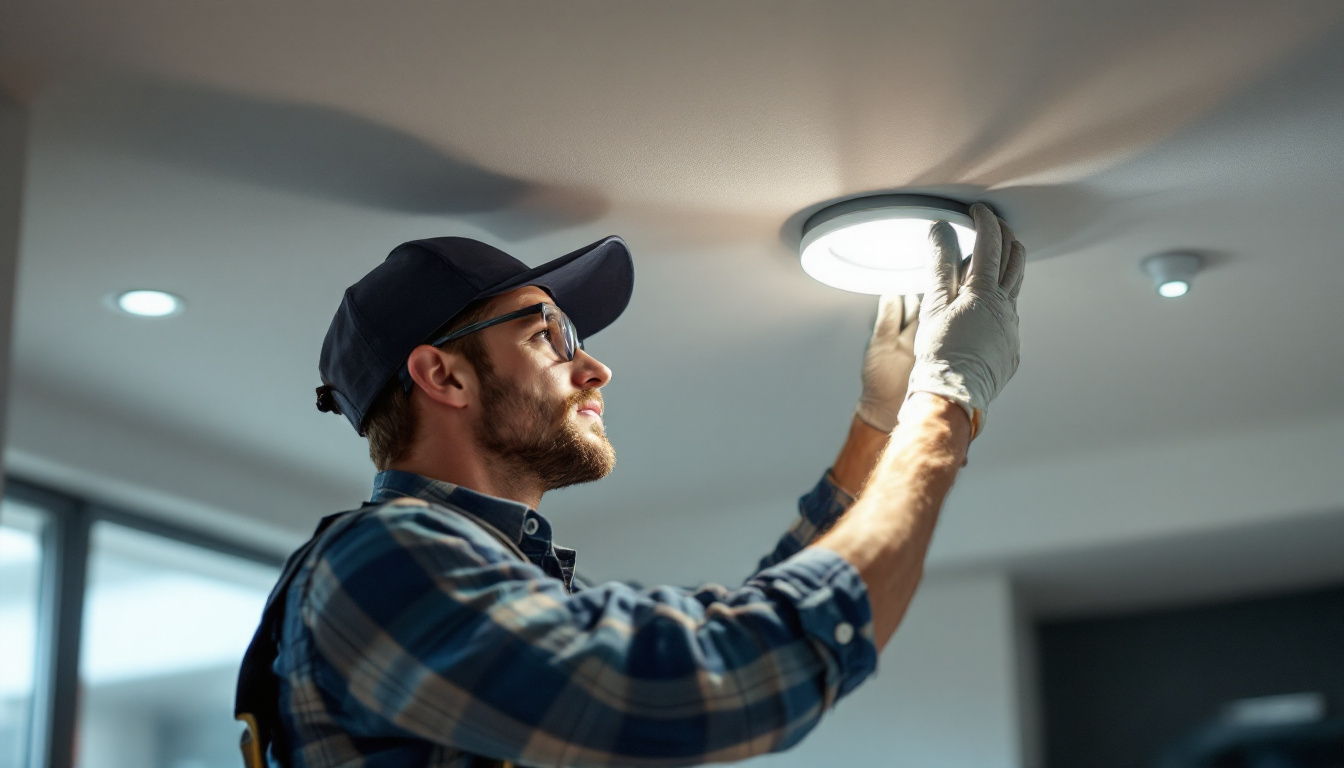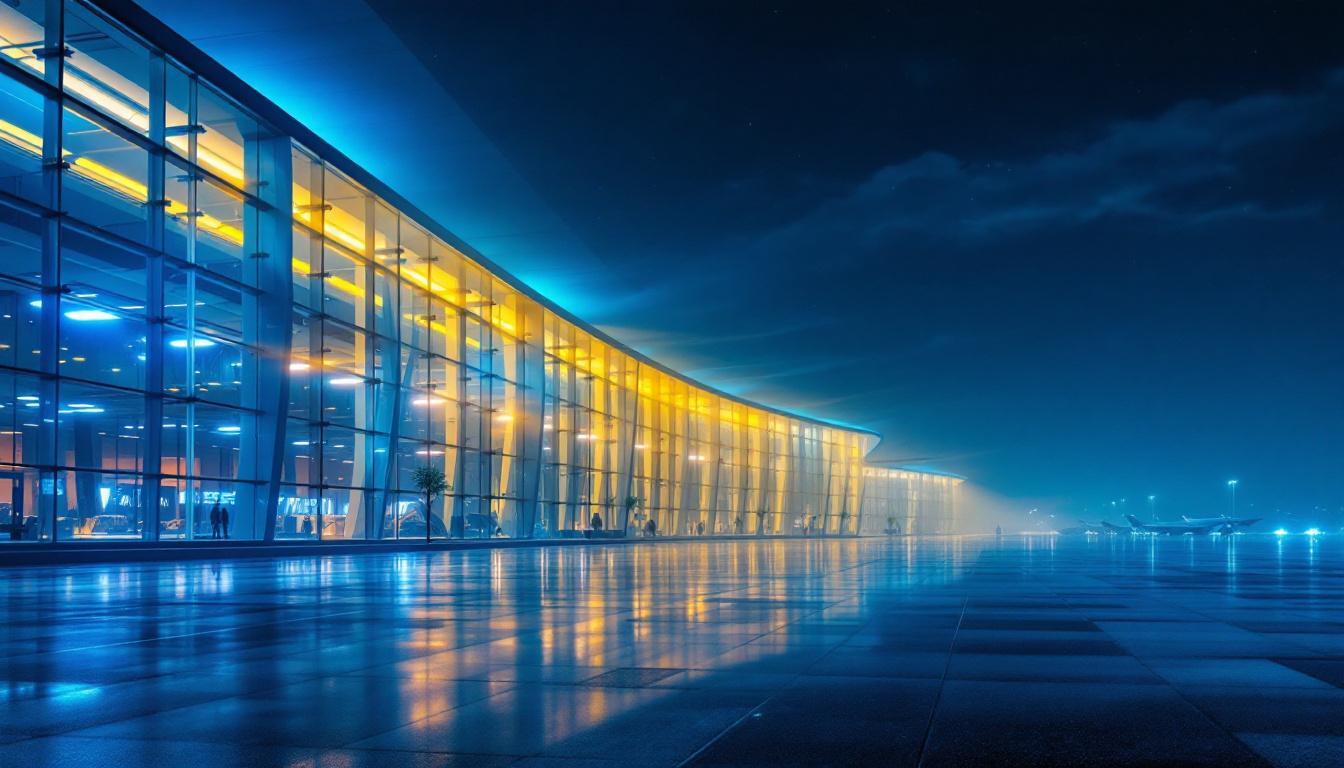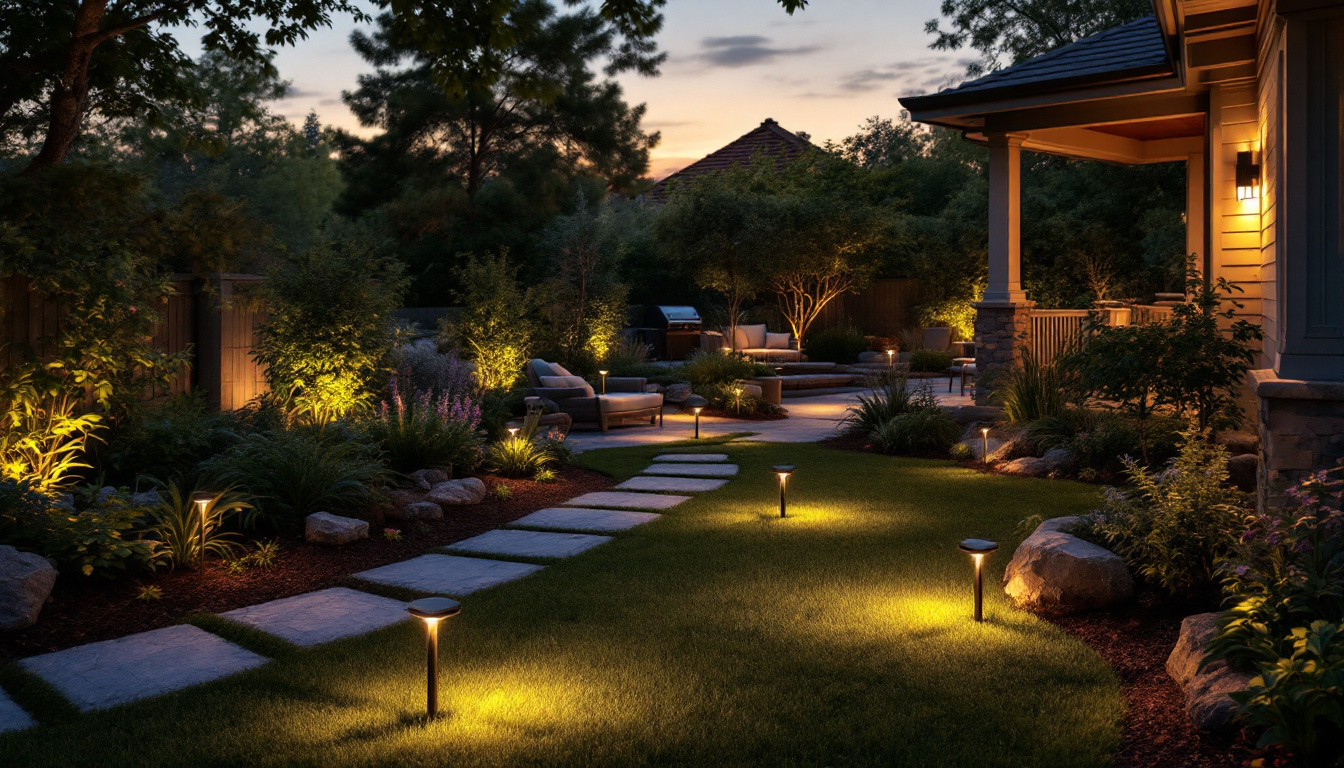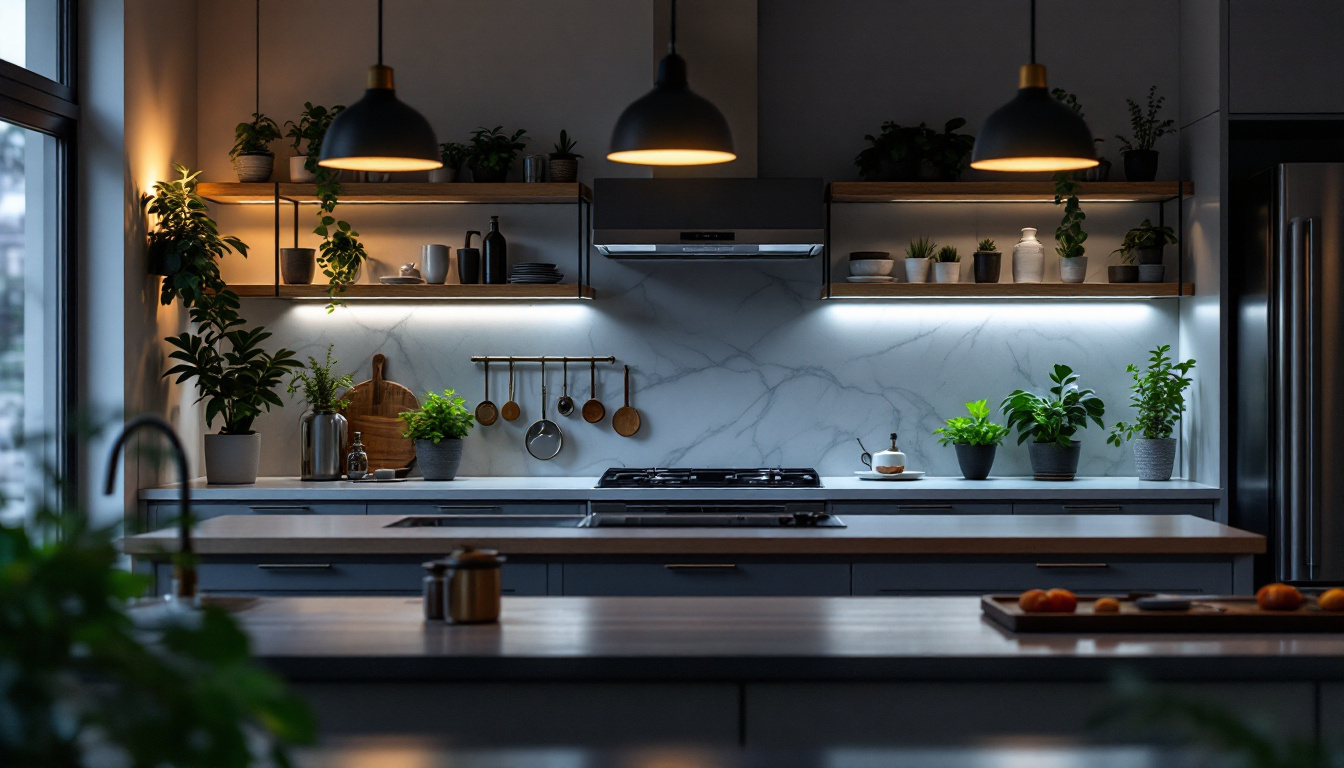
When it comes to installing 6-inch LED recessed lights, lighting contractors often face a variety of challenges. While the technology has advanced significantly, there are still common pitfalls that can lead to suboptimal results. Understanding these mistakes can not only enhance the quality of the installation but also improve customer satisfaction and project efficiency.
proper installation of recessed lights is crucial for achieving the desired lighting effect and ensuring the longevity of the fixtures. Many contractors underestimate the impact of installation techniques, which can lead to issues such as uneven lighting, flickering, or even fixture failure. A well-executed installation not only enhances the light quality but also contributes to energy efficiency, as properly positioned lights can reduce the need for additional fixtures, ultimately lowering electricity costs.
Moreover, the aesthetic appeal of a space can be significantly affected by how well the lights are installed. A well-lit area enhances the ambiance and functionality, while poorly installed lights can detract from the overall design. The right lighting can highlight architectural features, artwork, or even furniture, creating a cohesive look that elevates the entire room. In contrast, poorly placed recessed lights can cast unflattering shadows or create harsh glares, undermining the intended design vision.
One of the most frequent mistakes contractors make is miscalculating the spacing between recessed lights. This can result in either overly bright areas or dark spots, which can be frustrating for clients. Ideally, recessed lights should be spaced based on the height of the ceiling and the beam spread of the fixtures. For instance, a common guideline is to space the lights approximately 4 to 6 feet apart in standard 8-foot ceilings, adjusting as necessary for higher ceilings or specific lighting needs. This attention to detail can make a significant difference in the overall lighting quality.
Another common error is failing to account for the type of trim used. Different trims can drastically change the light output and direction, so it’s essential to choose the right trim for the intended application. Ignoring this can lead to dissatisfaction with the final result. For example, baffle trims are great for reducing glare in living spaces, while adjustable trims can direct light to specific areas, making them ideal for highlighting artwork or architectural details. Understanding the nuances of each trim type can empower contractors to make informed decisions that enhance the overall lighting scheme.
Electrical considerations are paramount when installing recessed lights. Many contractors overlook the importance of ensuring that the circuit can handle the load of the new fixtures. This oversight can lead to tripped breakers or even fire hazards. It’s vital to assess the existing electrical system before proceeding with the installation. Additionally, ensuring that the wiring is up to code and that the fixtures are rated for the intended environment—such as damp or wet locations—can prevent future complications.
Additionally, using the wrong type of dimmer switch can cause compatibility issues with LED lights. Not all dimmers work seamlessly with LED technology, which can lead to flickering or buzzing noises. Contractors should always verify compatibility before finalizing the installation. Moreover, considering the type of dimmer can enhance user experience; for instance, smart dimmers can allow for customizable settings that adapt to different moods or activities, providing an added layer of convenience and sophistication to the lighting design. Taking these electrical considerations into account not only ensures safety but also maximizes the functionality and enjoyment of the lighting system.
Selecting the appropriate fixtures is another critical aspect of a successful installation. With numerous options available, it’s easy to make a poor choice that can affect performance and aesthetics. The right fixtures not only enhance the visual appeal of a space but also contribute to its functionality, making it essential to approach this decision with care and consideration.
Contractors should consider factors such as color temperature, lumen output, and energy efficiency when selecting fixtures. These elements can significantly influence the overall lighting experience in a space. Additionally, the style of the fixtures should complement the architecture and interior design of the area, ensuring a cohesive look that ties everything together.
One common mistake is not discussing color temperature with clients. Different spaces require different color temperatures to achieve the desired ambiance. For instance, a warm white (around 2700K) is often preferred for residential settings, while a cooler white (around 4000K) may be more suitable for commercial spaces. Understanding the psychological effects of color temperature can also guide these discussions; warmer tones can create a cozy, inviting atmosphere, while cooler tones can enhance focus and productivity.
Failing to address this can lead to dissatisfaction, as clients may feel the lighting does not match their vision for the space. It’s essential to have these conversations early in the planning process to ensure that expectations align. Providing clients with visual aids or samples can help them better understand the differences in color temperature and make informed decisions that reflect their personal preferences.
Another frequent oversight is neglecting the lumen output of the chosen fixtures. Some contractors may select fixtures based solely on wattage, which can be misleading. LED technology allows for lower wattage with higher lumen output, so it’s essential to focus on lumens to ensure adequate lighting. This understanding is particularly important in spaces with specific lighting requirements, such as kitchens and work areas, where visibility is paramount for safety and efficiency.
Understanding the specific lighting needs of each room can help contractors choose fixtures that provide the right amount of light without being overly bright or dim. Moreover, considering the layout and purpose of the space can lead to innovative lighting solutions, such as layered lighting that combines ambient, task, and accent lighting to create a dynamic and functional environment. By carefully evaluating these factors, contractors can enhance the overall experience of the space, ensuring that it meets both aesthetic and practical needs.
Lighting needs can change over time, and contractors should consider future requirements during the installation process. This foresight can save clients from costly upgrades later on.
By planning for potential changes, such as the addition of smart home technology or alterations in room use, contractors can create a more adaptable lighting solution that meets long-term needs.
smart lighting technology is becoming increasingly popular, yet some contractors still overlook this trend. Incorporating smart features, such as app-controlled dimming or color changing, can add significant value to the installation.
Clients appreciate the convenience and flexibility that smart lighting provides, and offering these options can set a contractor apart from the competition. It’s essential to stay informed about the latest technologies to meet client expectations.
The functionality of each room should guide the lighting design. For example, task lighting is crucial in kitchens and workspaces, while ambient lighting is more appropriate for living areas. Failing to consider the purpose of each room can lead to inadequate lighting solutions.
Contractors should engage with clients to understand how they plan to use each space, allowing for a more tailored lighting design that enhances usability and comfort.
Adhering to local building codes is not just a legal requirement; it also ensures safety and functionality. Many contractors underestimate the importance of compliance, which can lead to costly fines or the need for rework.
Understanding the specific codes related to recessed lighting installations is essential for any contractor. This knowledge not only protects the contractor but also instills confidence in clients.
Fire safety regulations are particularly important when installing recessed lights. Many jurisdictions have specific requirements regarding the placement of fixtures in relation to insulation and other materials. Ignoring these regulations can pose serious safety risks.
Contractors should be well-versed in these codes and ensure that all installations meet the necessary safety standards. This diligence can prevent potential hazards and enhance the overall quality of the work.
Some contractors may overlook the need for permits when installing recessed lighting. Depending on the scope of the project, permits may be required to ensure compliance with local regulations. Skipping this step can lead to complications down the line.
It’s advisable for contractors to familiarize themselves with the permitting process in their area and to communicate any necessary steps to clients. This transparency can build trust and ensure a smoother installation process.
Effective communication is key to a successful lighting project. Many contractors fail to establish clear lines of communication with clients, which can lead to misunderstandings and unmet expectations.
From the initial consultation to the final walkthrough, maintaining open dialogue is essential for ensuring that clients are satisfied with the end result. This approach not only enhances the client experience but can also lead to repeat business and referrals.
One common mistake is not setting realistic expectations regarding timelines and costs. Clients should be fully informed about what to expect throughout the process, including potential delays or additional expenses.
By being upfront about these factors, contractors can foster a sense of trust and reduce the likelihood of disputes later on. Clear communication helps clients feel more involved and satisfied with the project.
Providing detailed proposals is another critical aspect of effective communication. A well-structured proposal should outline the scope of work, materials to be used, and estimated costs. This level of detail can help clients understand what they are paying for and why certain choices are made.
Additionally, a comprehensive proposal can serve as a reference point throughout the project, ensuring that both parties remain aligned on expectations and deliverables.
In conclusion, avoiding common mistakes when installing 6-inch LED recessed lights can significantly enhance the quality of work performed by lighting contractors. By focusing on proper installation techniques, selecting the right fixtures, planning for future needs, ensuring compliance with building codes, and maintaining effective communication with clients, contractors can elevate their services and achieve greater client satisfaction.
Ultimately, a successful lighting installation is not just about the fixtures themselves; it’s about understanding the unique needs of each space and delivering a solution that meets those needs. By learning from past mistakes and continuously improving practices, contractors can position themselves as trusted experts in the lighting industry.
Ready to avoid the common pitfalls in your next lighting project? Choose LumenWholesale for your 6-inch LED recessed lights and more. Our commitment to quality and affordability ensures you have access to the best spec-grade lighting products without the extra costs. With free shipping on bulk orders, you can stock up on superior lighting solutions that meet the highest industry standards. Elevate your lighting installations with the confidence that comes from partnering with LumenWholesale. Wholesale Lighting at the Best Value is just a click away.

Discover the importance of Airport LED lighting for contractors—enhance safety, energy efficiency, and compliance.

Discover the insider tips and expert advice from lighting contractors on transforming your yard with solar lights.

Discover the pitfalls lighting contractors often face when choosing lamp suppliers.

Discover how under counter lighting can be a game-changer for lighting contractors looking to win more bids.